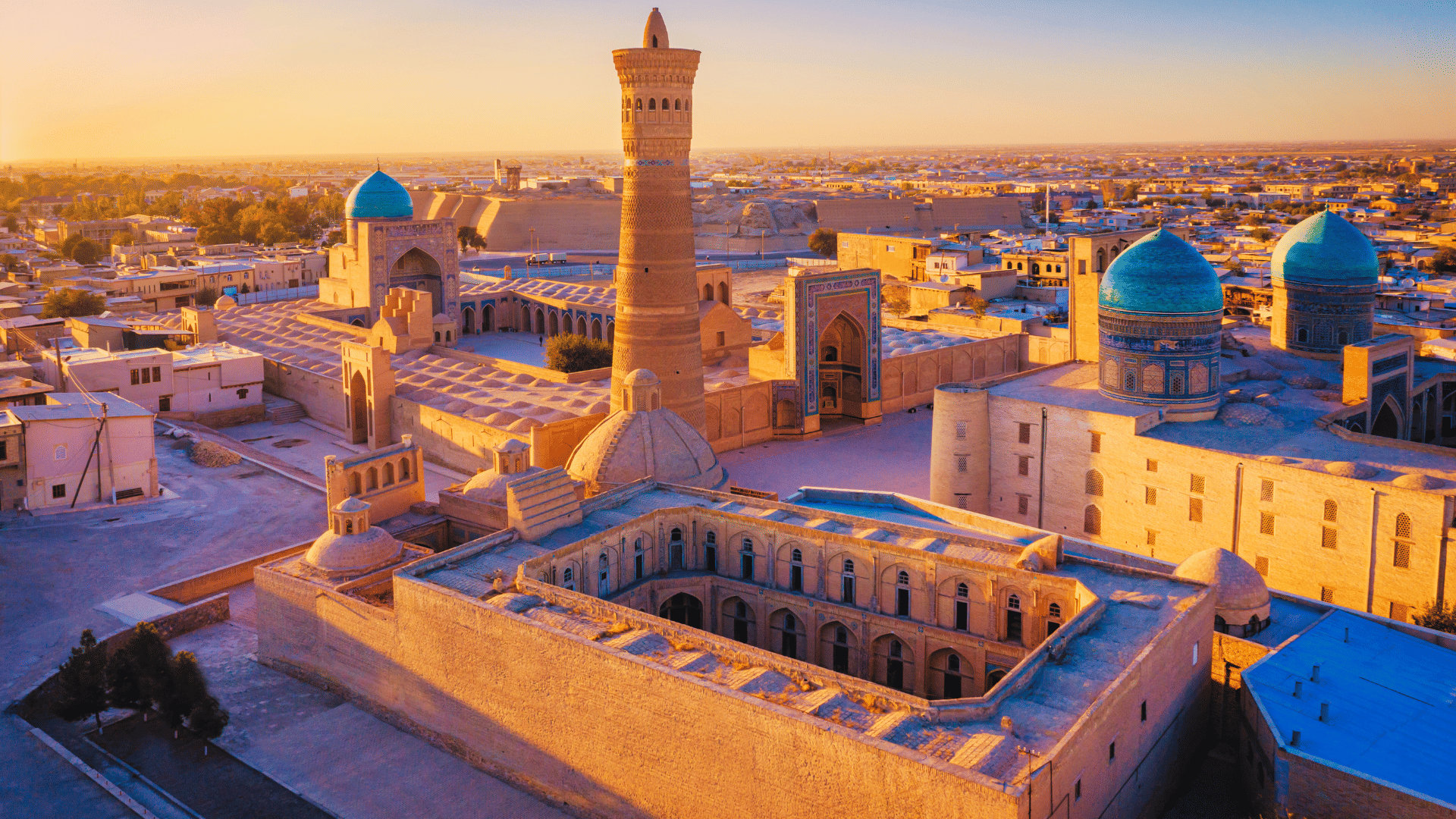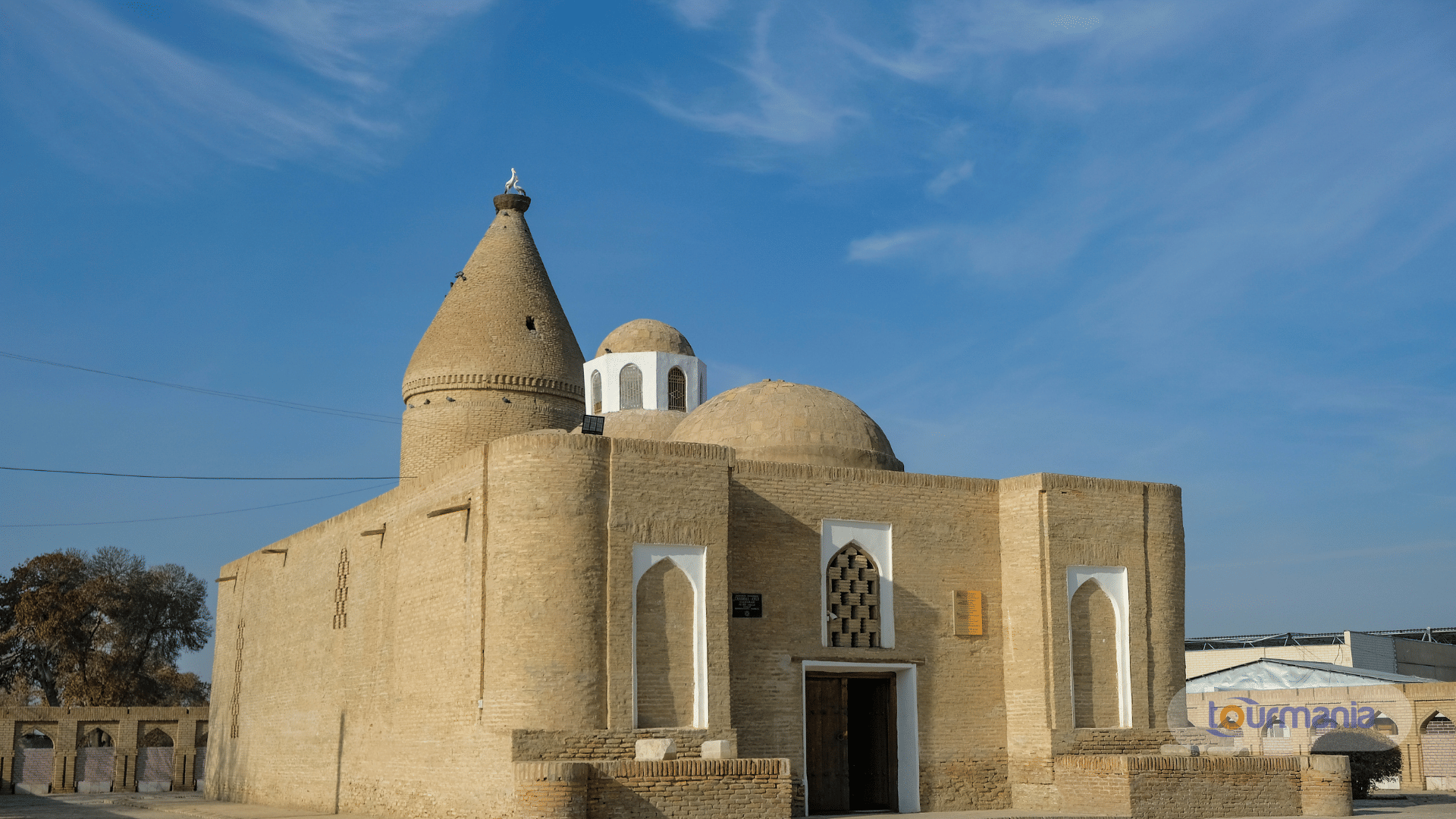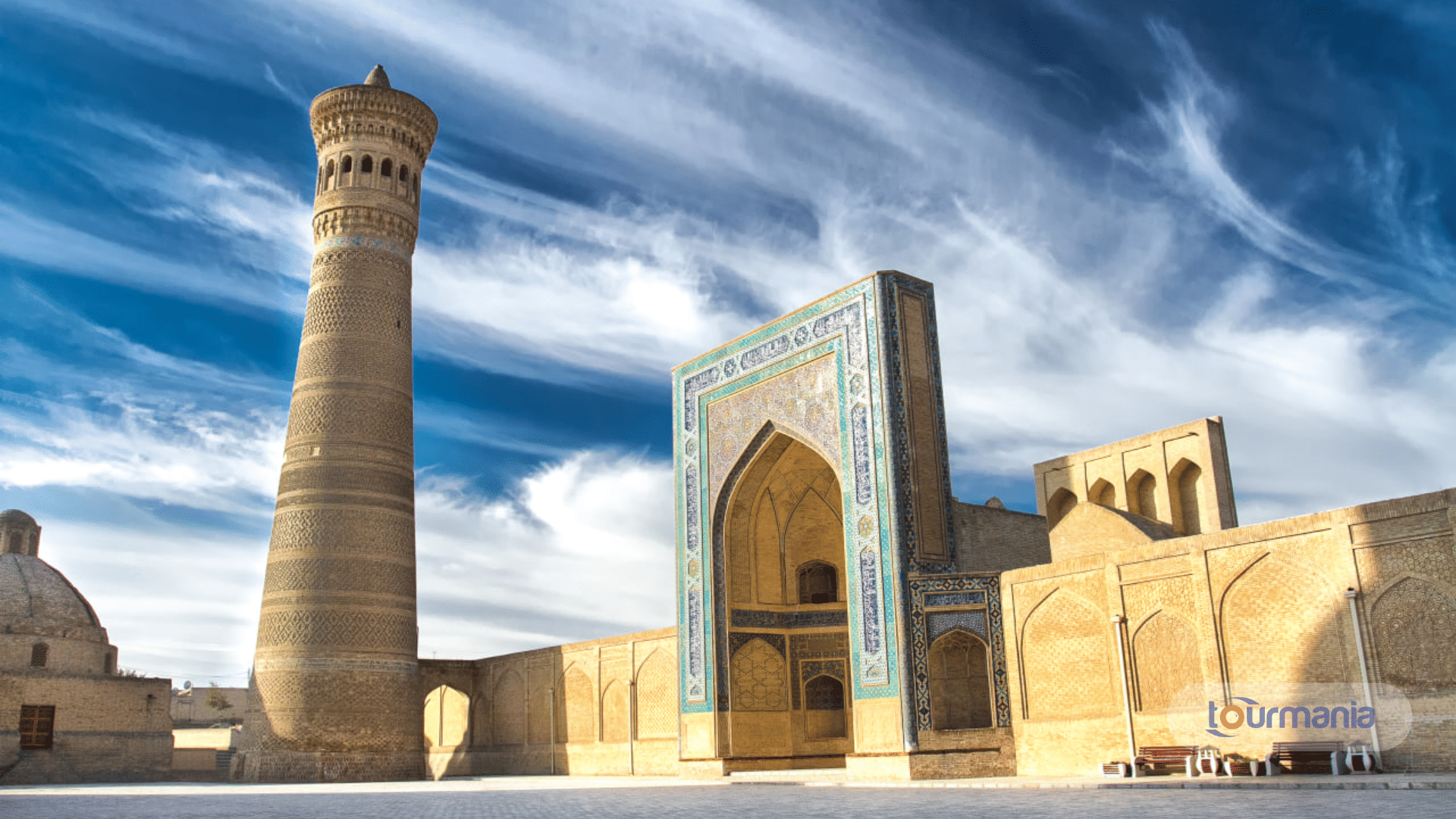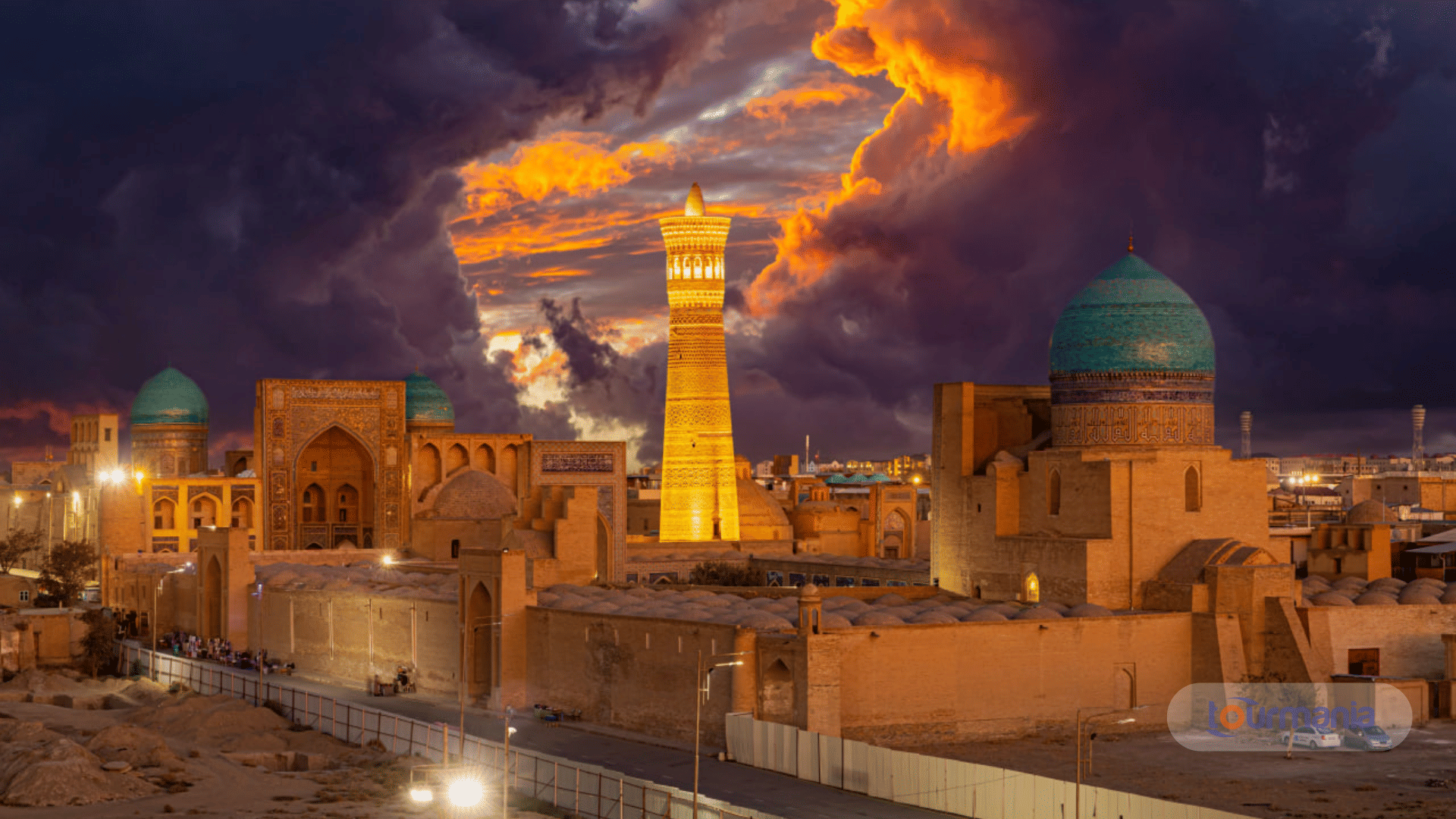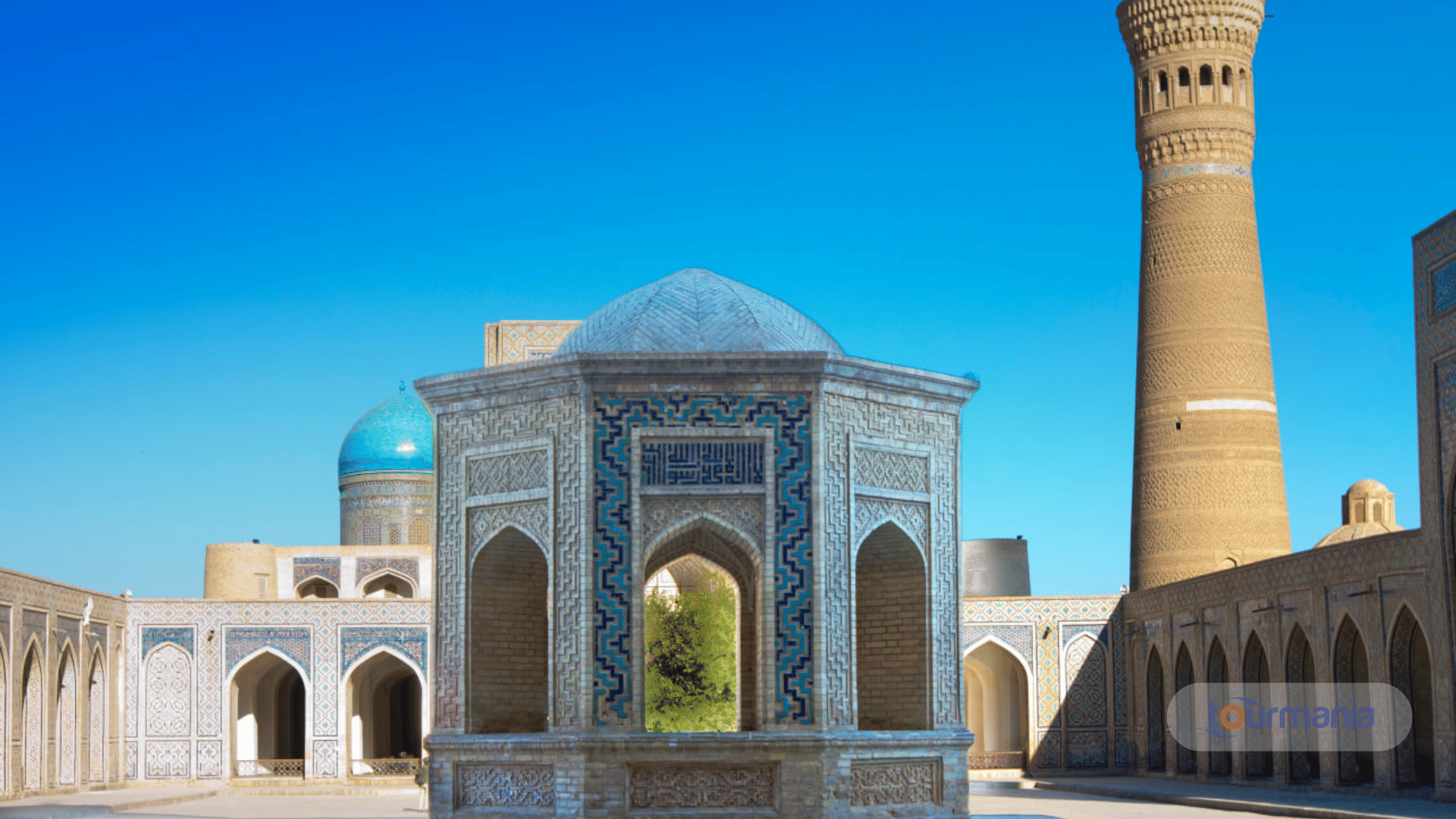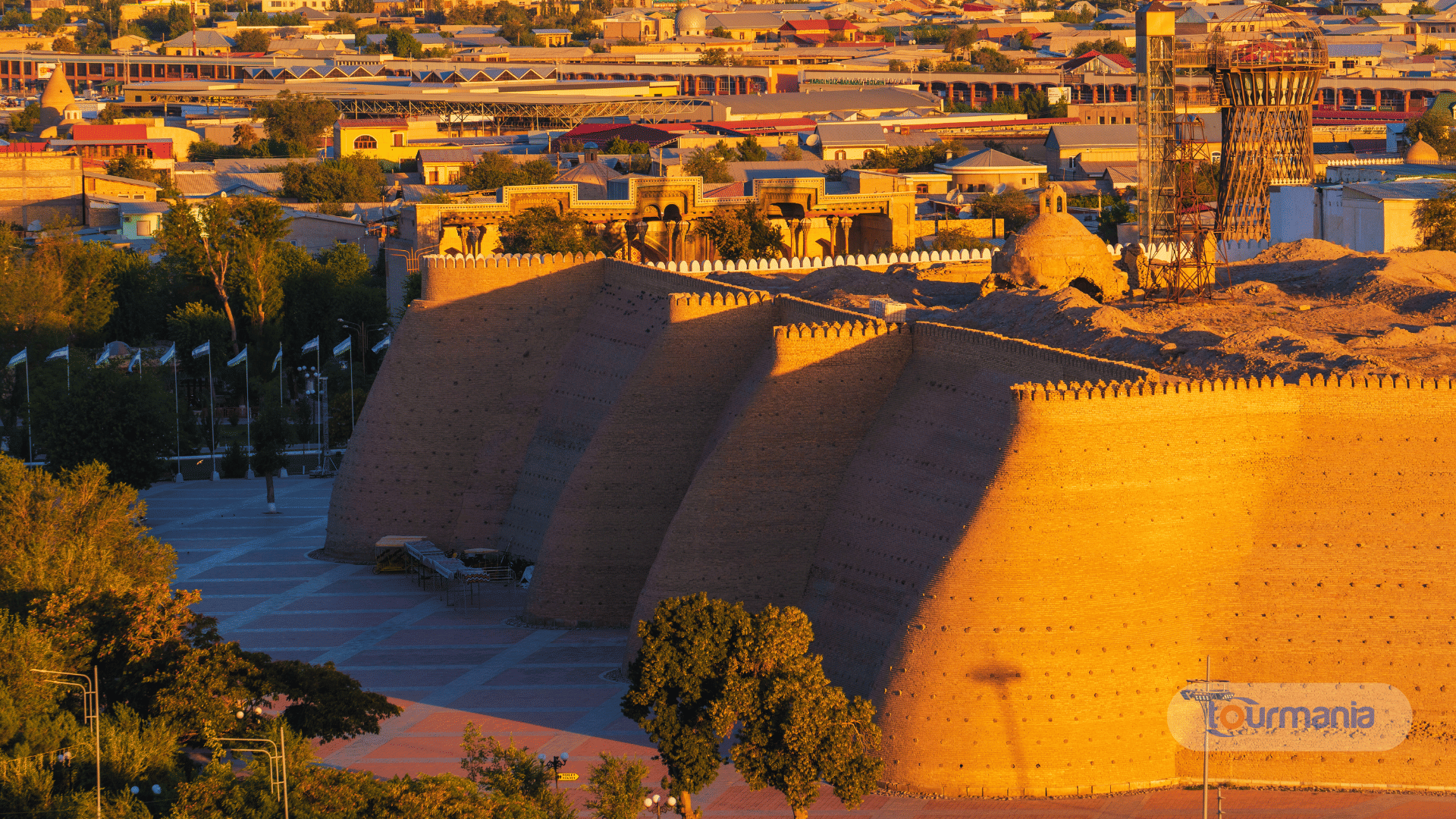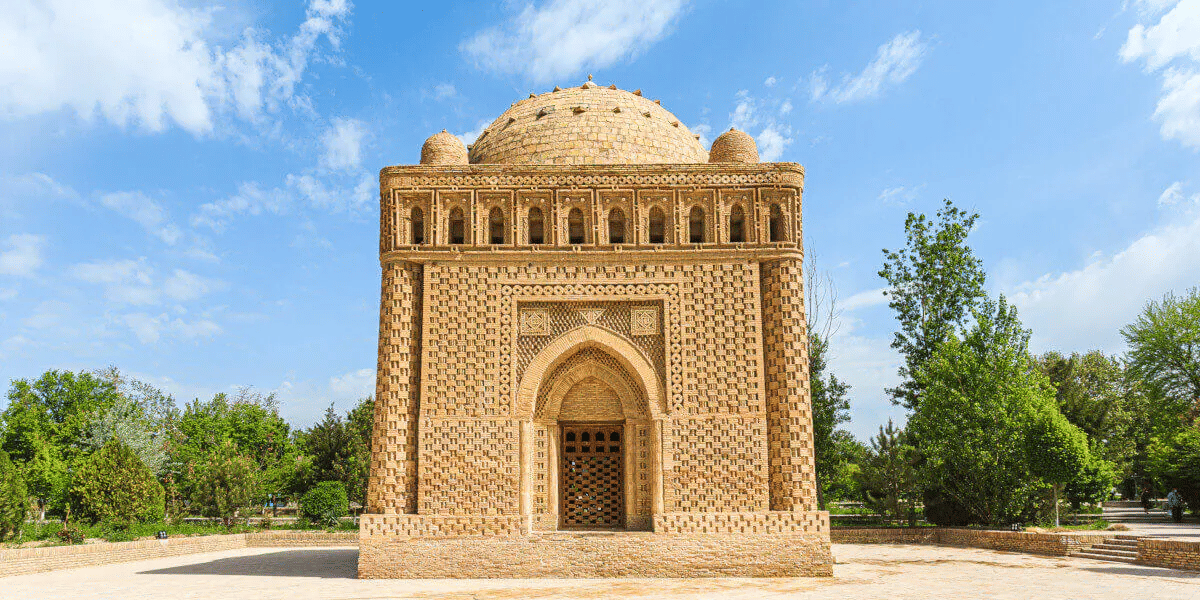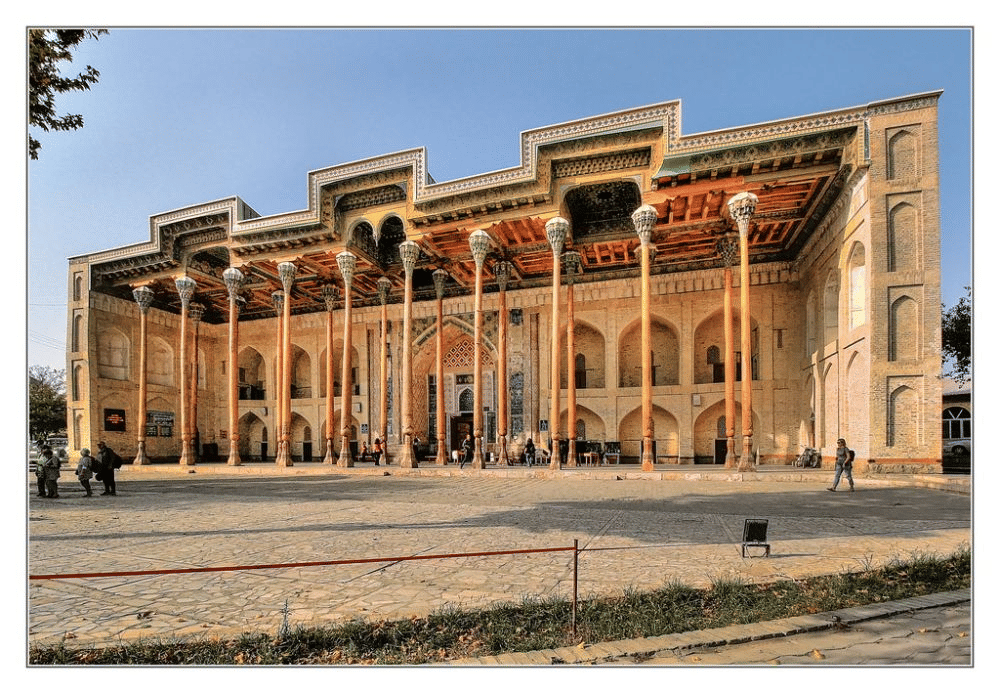Bukhara: Classic Half-Day Tour
The Bukhara Classic Half-Day Tour offers a captivating glimpse into the city’s rich history and culture. This tour takes you to some of Bukhara's most iconic landmarks.
1. Poi Kalyan Complex
The Poi Kalyan Complex is a prominent architectural ensemble located in Bukhara, Uzbekistan. It is one of the city's most famous and significant landmarks, serving as a symbol of its rich cultural and religious heritage.
The complex was constructed in the 16th century during the Timurid and Shaybanid periods, and it includes several important structures:
Kalyan Minaret: The most iconic feature of the complex, the Kalyan Minaret stands at 47 meters (154 feet) tall and was built in 1127. It was originally used as a lighthouse for travelers and as a place for the call to prayer. Its design is notable for its cylindrical shape and intricate brickwork. It is one of the tallest structures in Bukhara.
Kalyan Mosque: Adjacent to the minaret is the Kalyan Mosque, one of the largest mosques in Central Asia. Built in the 16th century, the mosque features a vast prayer hall and a large courtyard surrounded by arched colonnades. It can accommodate thousands of worshippers and is an excellent example of Islamic architecture from the period.
Mir-i-Arab Madrasa: A beautiful example of Islamic education, this madrasa (religious school) was built in the 16th century and still functions today. The Mir-i-Arab Madrasa is renowned for its symmetrical design, colorful tilework, and grand entrance portal. It is an active institution for Islamic learning and one of the most important historical buildings in Bukhara.
2. Ark of Bukhara
The Ark of Bukhara is a massive and historic fortress located in the heart of Bukhara, Uzbekistan. It is one of the city's oldest and most important landmarks, with a history dating back over 2,000 years. The Ark served as the residence of the ruling emirs of Bukhara and was the political and administrative center of the region for centuries.
3. Bolo Hauz Mosque
The Bolo Haouz Mosque is one of the most beautiful and historically significant mosques in Bukhara, Uzbekistan. It is located near the Ark Fortress and is famous for its distinctive architectural features, as well as its rich history. The mosque was built in the early 18th century, and its name "Bolo Haouz" translates to "Mosque of the Pool," referring to the large pool (haouz) located in front of the mosque.
4. Chashma ayub Mausoleum
The Chashma Ayub Mausoleum is an important historical and architectural site in Bukhara, Uzbekistan. This mausoleum is a significant landmark not only for its beauty and architectural style but also for its connection to Islamic history and local legends. The name "Chashma Ayub" translates to "The Spring of Job". According to local legend, the mausoleum is associated with the biblical figure Prophet Job (Ayub in Islamic tradition), who is believed to have visited the area during his travels. It is said that Prophet Job struck the ground with his staff, causing a spring of water to emerge, which became the source of the sacred pool next to the mausoleum.
5. Ismail Samani Mausoleum
The Ismail Samani Mausoleum is one of the most iconic and important historical landmarks in Bukhara, Uzbekistan. It is considered a masterpiece of early Islamic architecture in Central Asia and is one of the best-preserved monuments from the Samanid period (9th-10th centuries).


